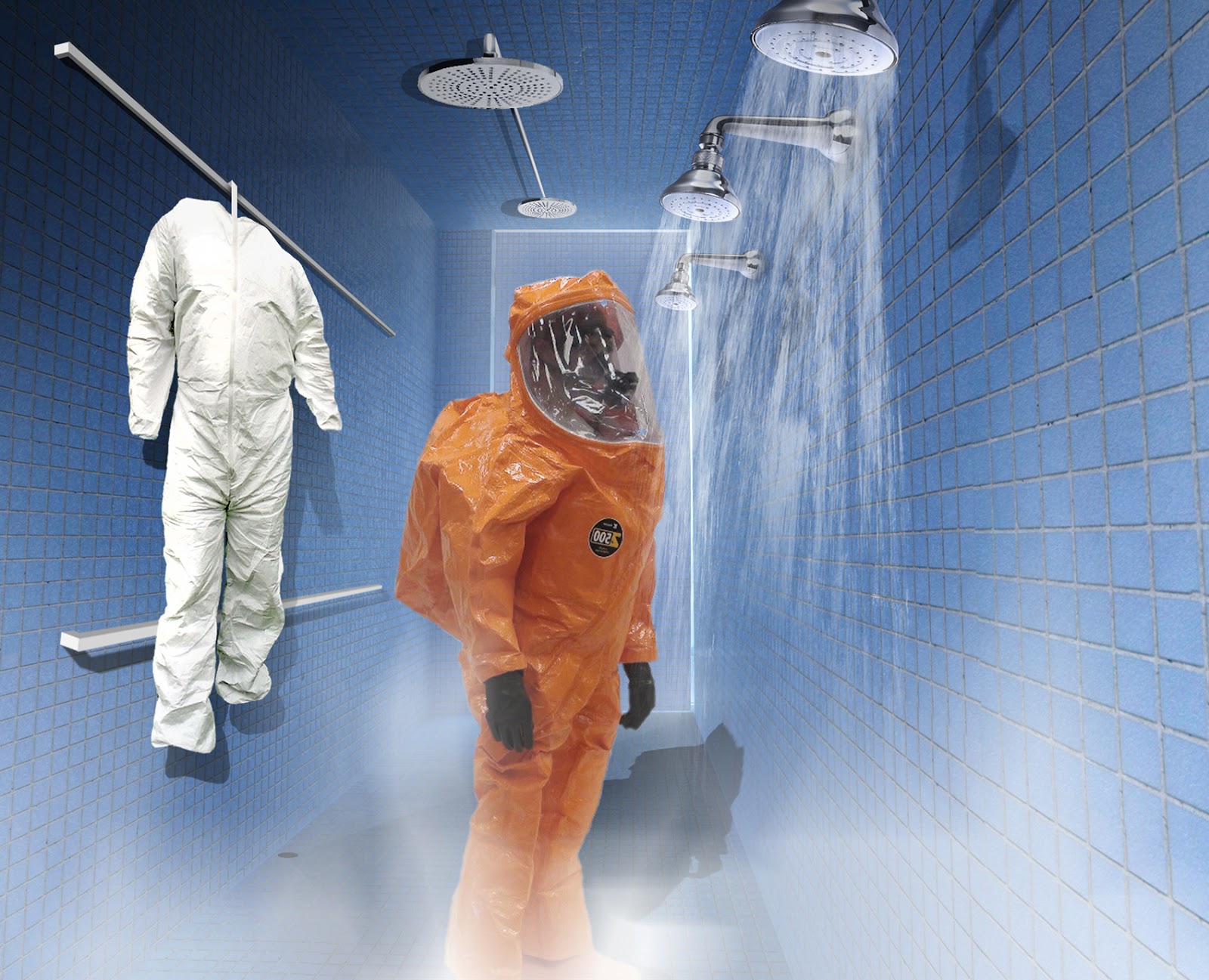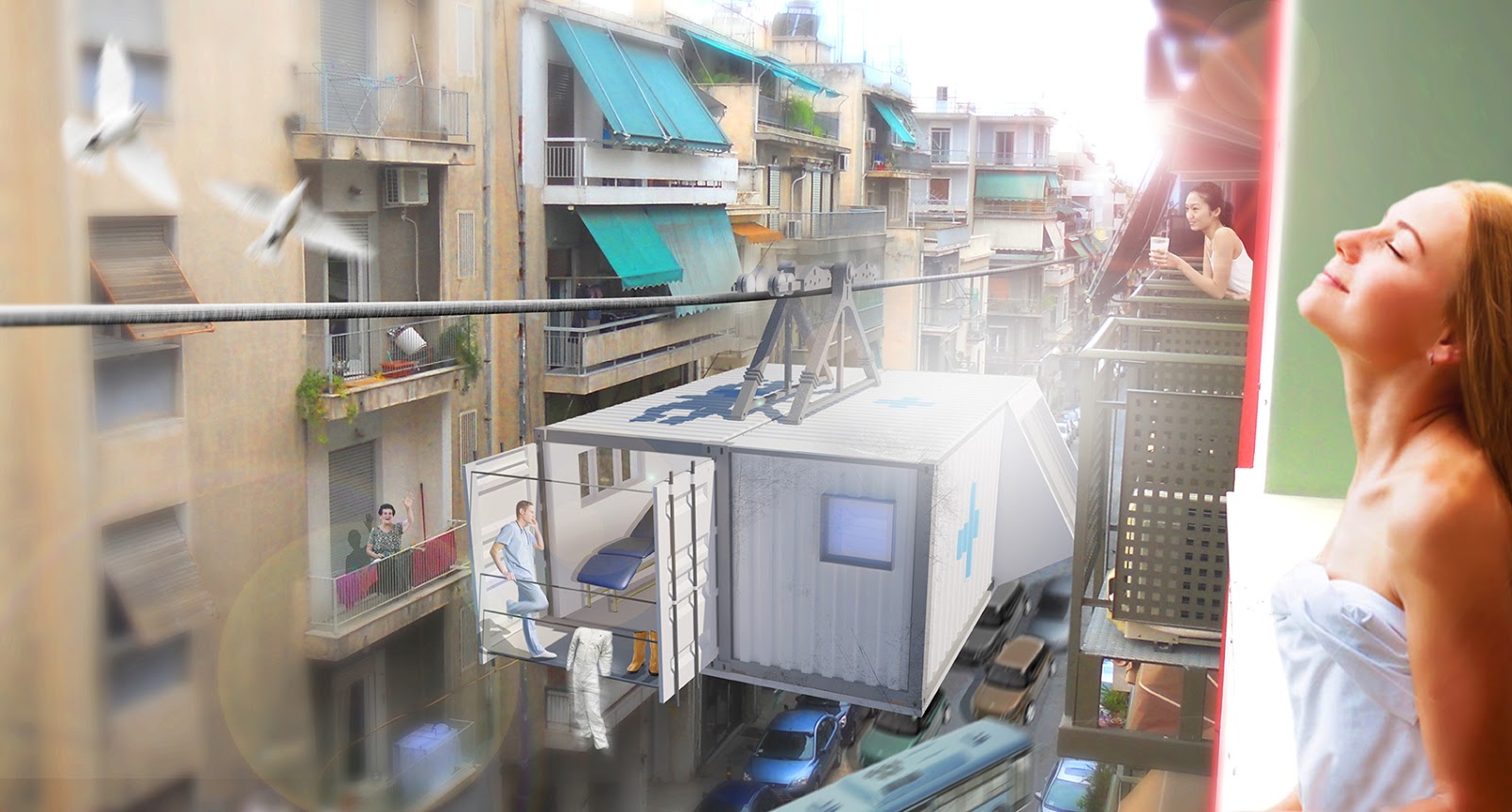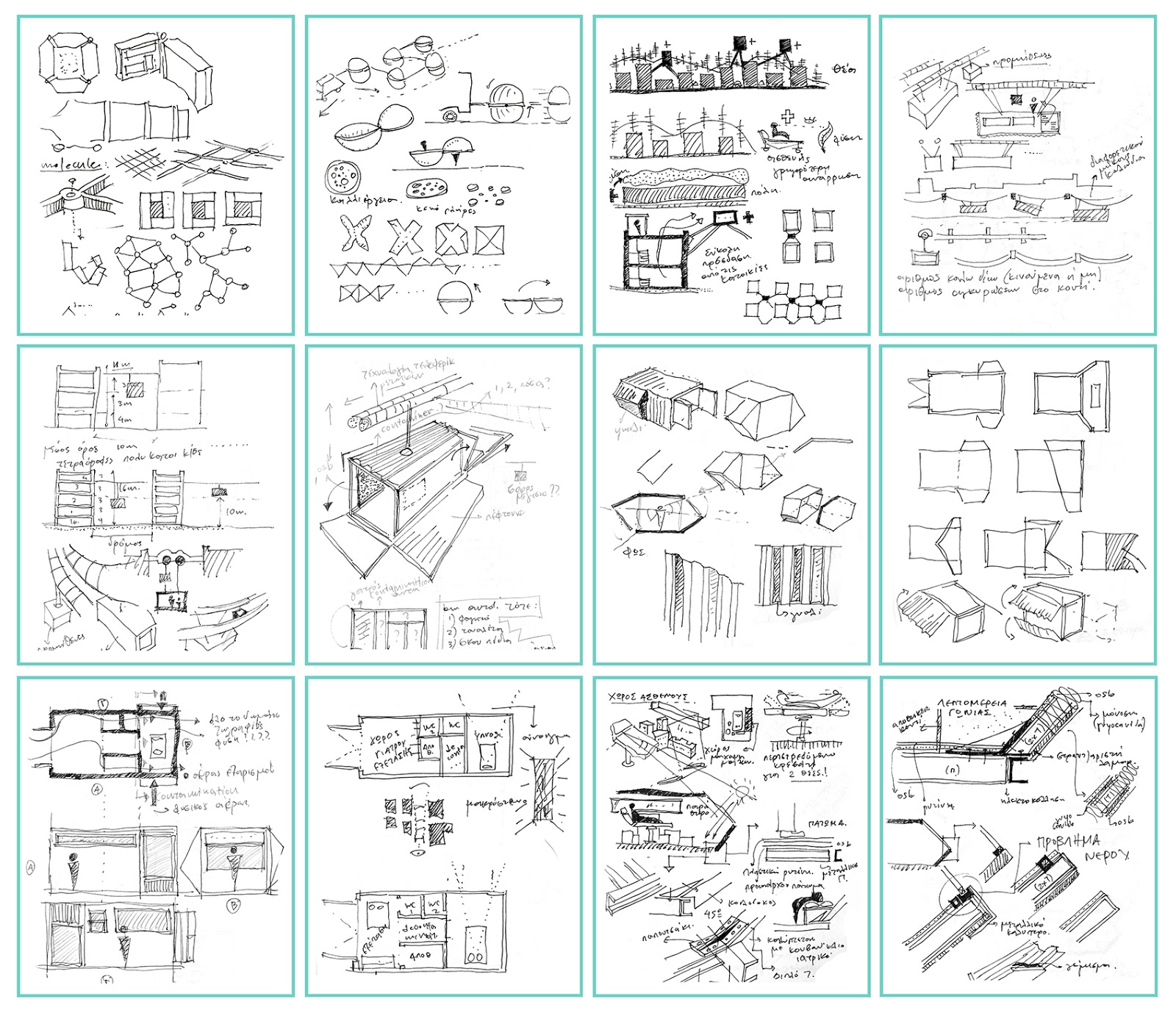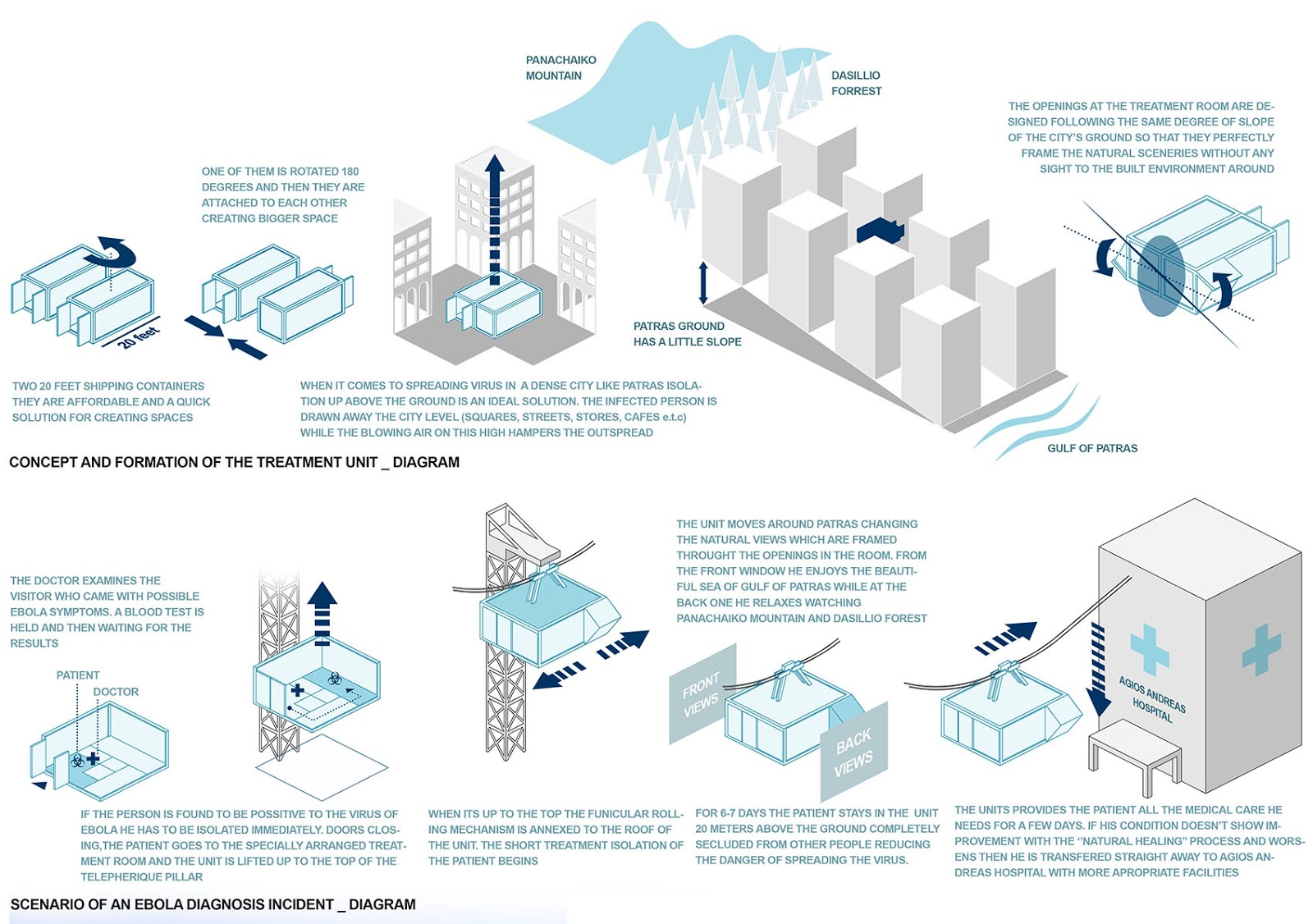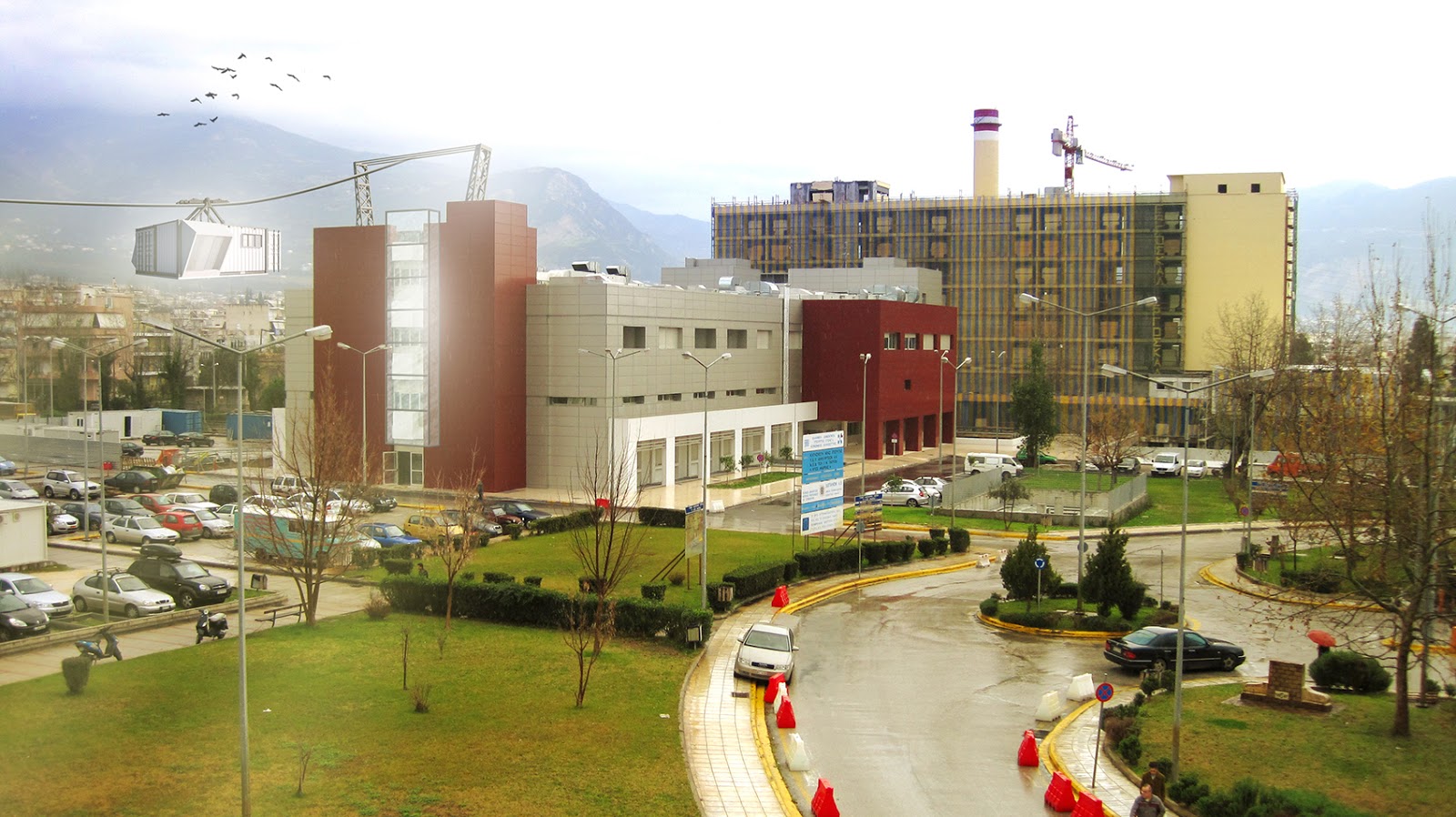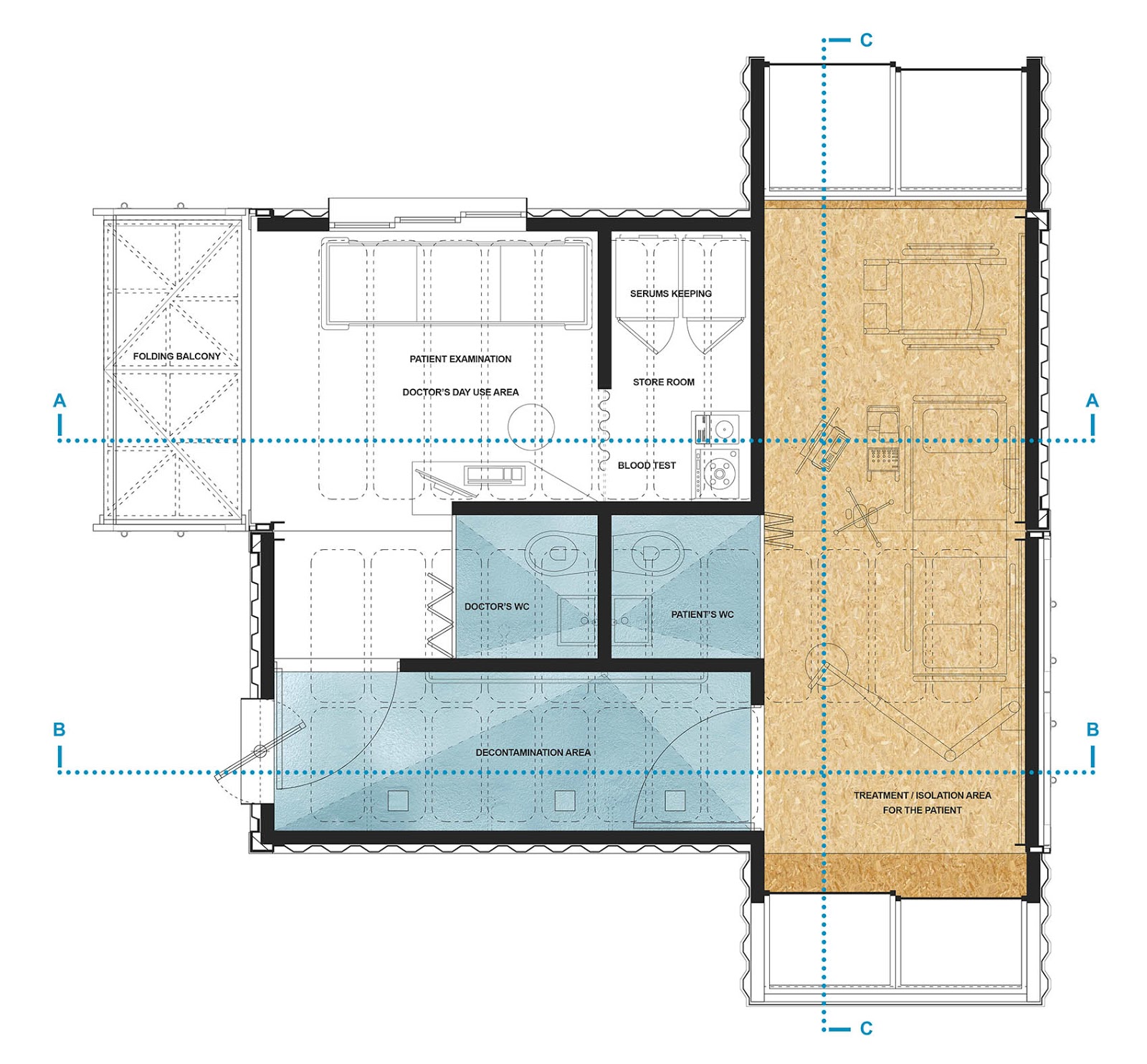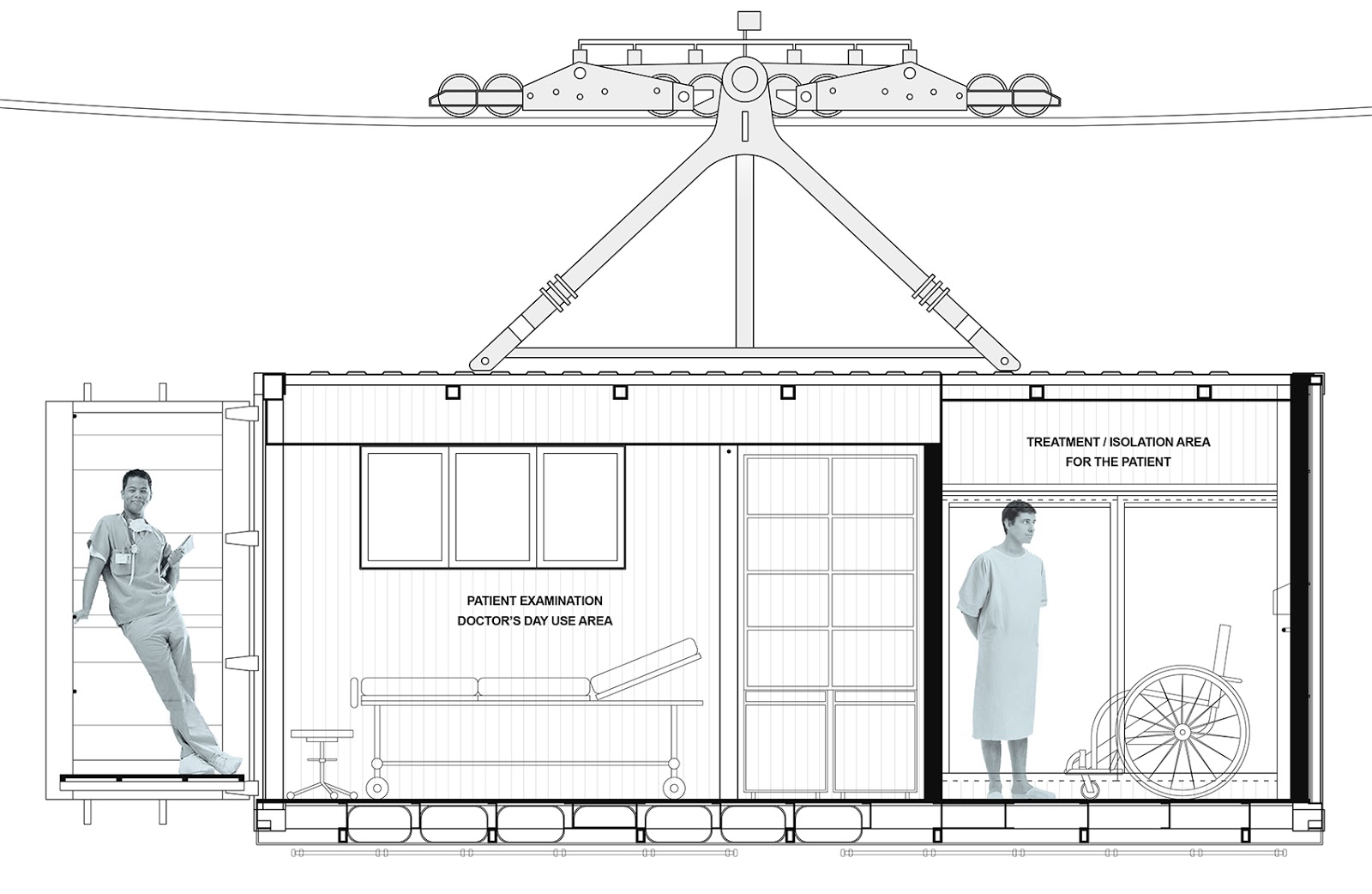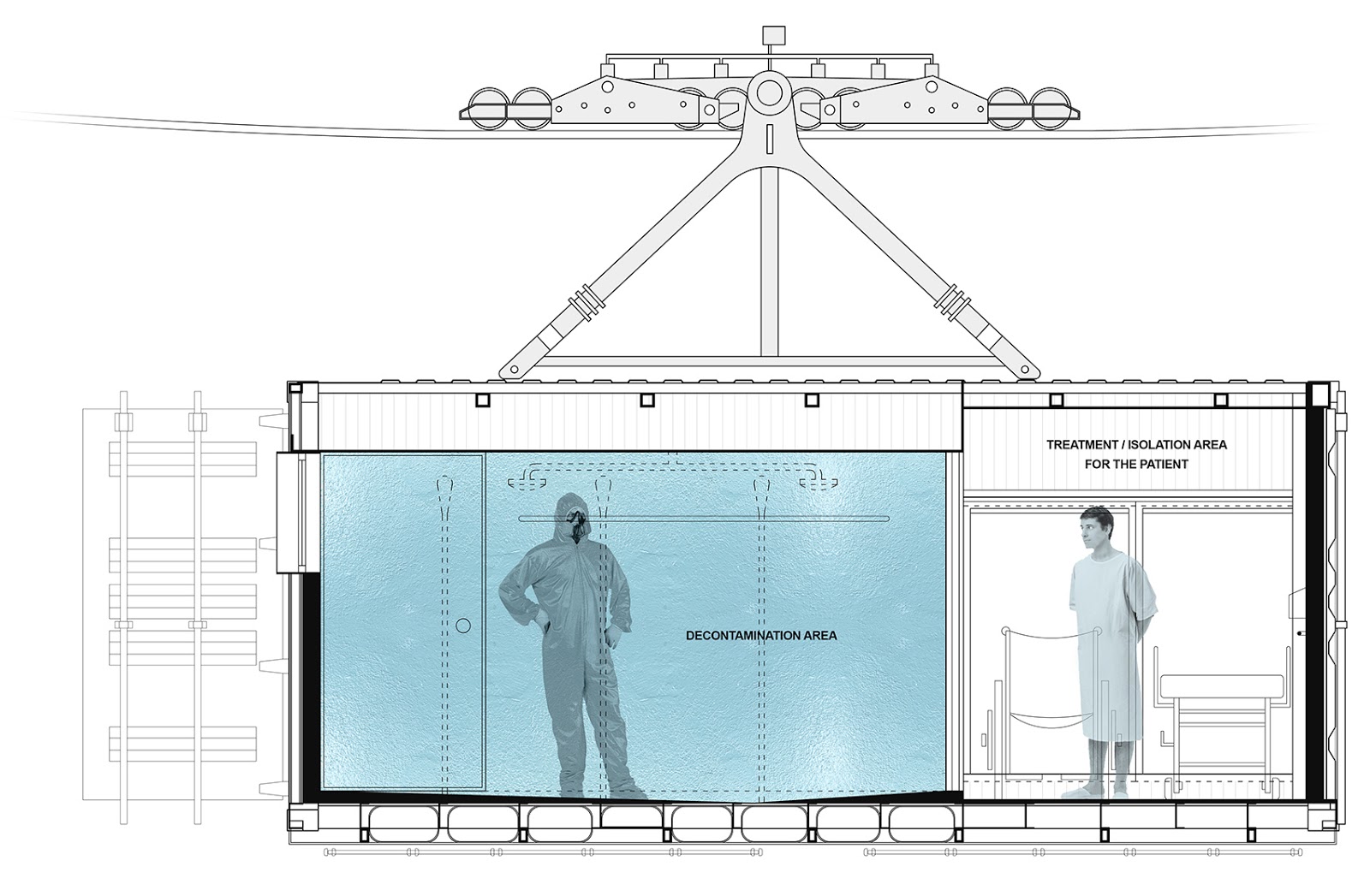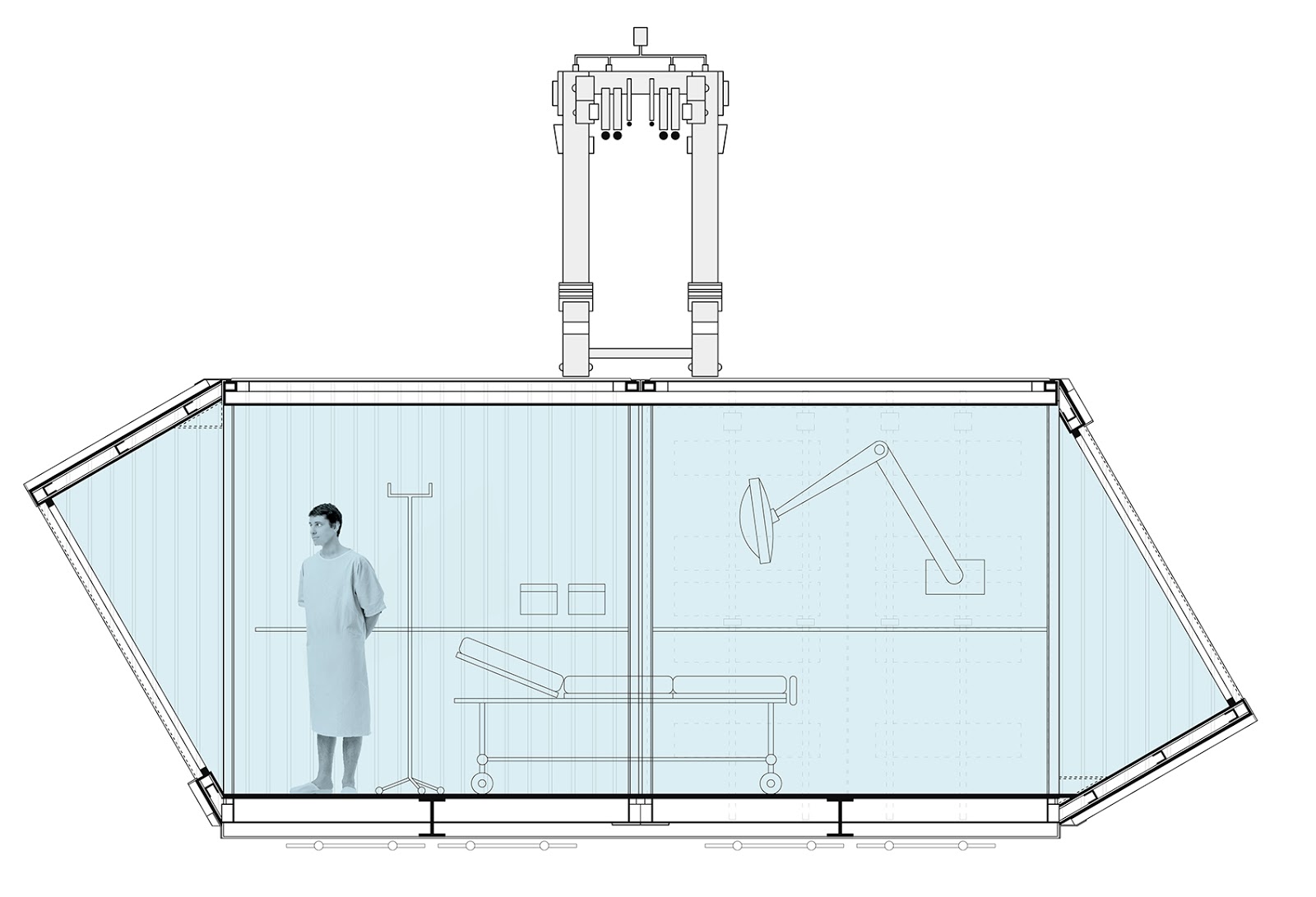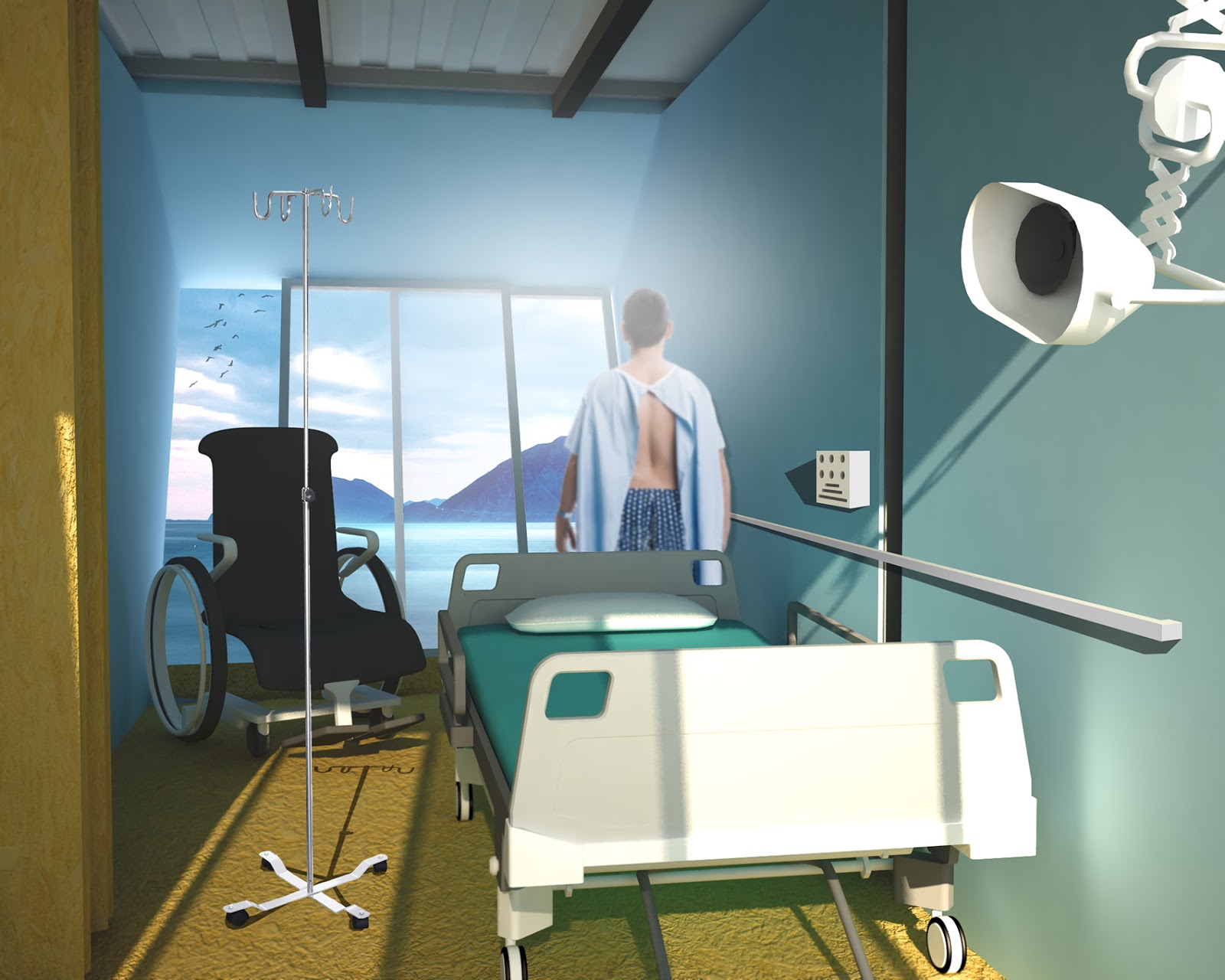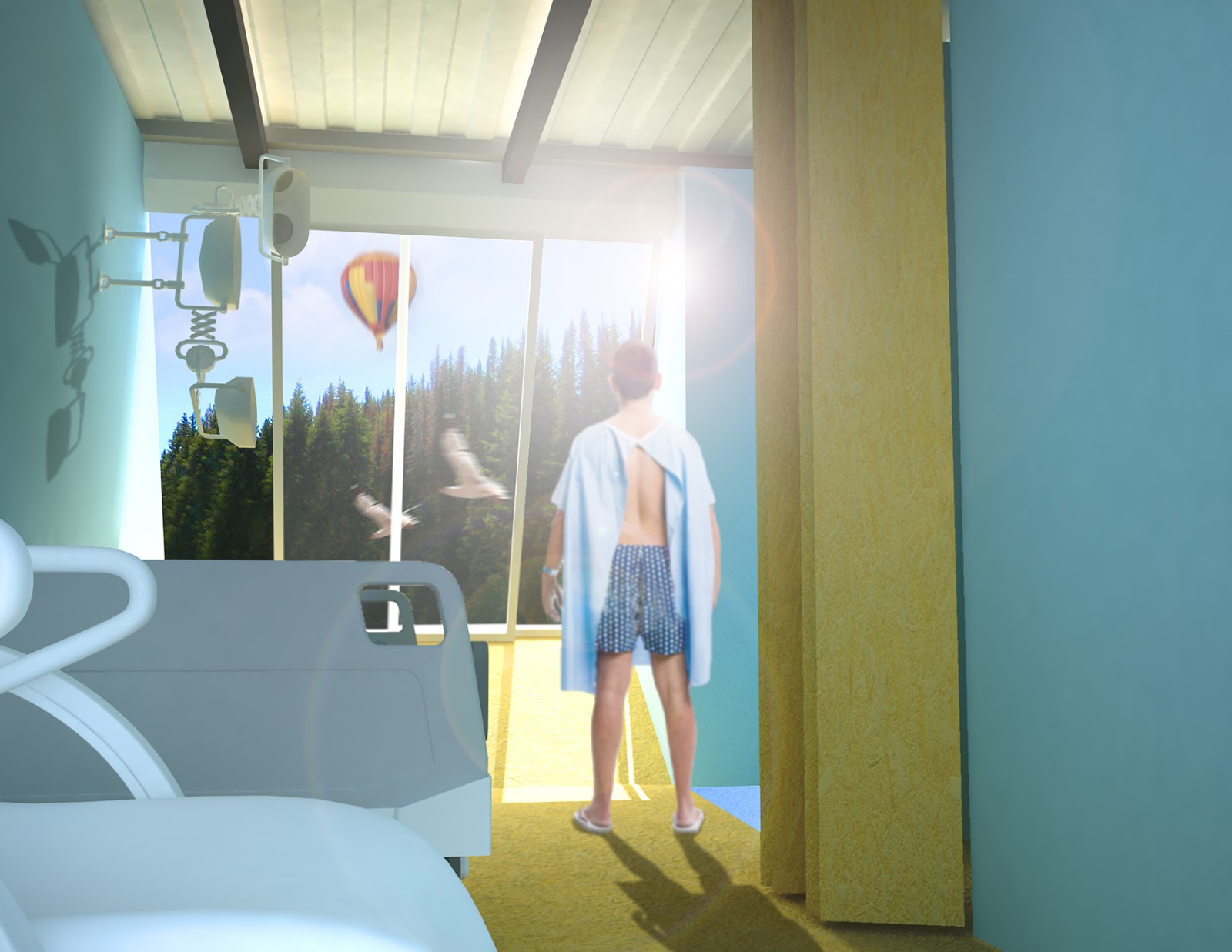In 2014 the International Union of Architects-Public Health Group (UIA-PHG), when the whole world was threatened by Ebola virus, made a call to the architecture student community in a global scale to design a `Mobile Isolation, Diagnosis and/or Treatment unit for use in Ebola or other communicable disease epidemics. The choice of the site and the kind of disease to be researched was up to the contestant.
My concept was quite simple. I got inspired by the research results of how nature affects the human body in a major way. The scientists proved that a patient looking up a natural scene from the window of his room shall recover completely almost 2 days earlier than before. In addition I did not want to completely detach the patient from the city life so the whole project is being active inside the core of the city. My proposal is a moving unit offering the newly diagnosed Ebola patient temporary hospitality, at the early stages of the disease, until he is transferred to a more appropriate hospital establishment to get the treatment he needs. The time he stays at the unit he gets pharmaceutical care while it moves around framing from the patient`s room a clear view to natural sceneries. And the city of Patrai has a lot of them! I chose Patrai in Greece to be the site of my proposal as it is the third biggest city of the country and its second more important harbor. Thousands of tourists come and leave the city annually making it extremely vulnerable to viruses attacks and spread.
I chose to work with containers as the shell of my project due to their numerous advantages. Their low budget, their ability to be rearranged to a space satisfying various needs, stability, light weight, their long life, their endurance and finally their size which is perfect for using the Greek streets to move around, make them an ideal choice to this endeavor. The next step is to emerge the idea of container with that of the `cable car`to create something unique and original with great potential. We rise the unit up, leaving the road level and we achieve, the isolation of the patient but not his complete detachment from the city life which would be devastating for his condition psychologically, we eliminate the risk of infecting other people outside the unit, we avoid the traffic problem in the dense city which would be a huge problem in an emergency condition moving to the hospital and finally we take the patient to a perfectly clear spot to enjoy the nature without buildings blocking the view.
The scenario begins with the apotential patient visiting the unit to get some tests waiting after for the results. If he is found positive to the virus the units goes into `incident` mode, the patient prepares to temporally stay there getting treatment from the doctor, and the unit is locked and lifted up from the pillar terminals to the aerial cable network to begin the `nature healing` process. He stays there only for a few days, while he is constantly exposed to natural views that are framed from the 45 degrees windows in his room. At the one side he enjoys the Patraikos Gulf and at the other the Panachaiko mountain and the forest of Dasillio. If his condition does not show any improvement or gets worse then he is immediately transferred to an appropriate hospital space.
In the unit I have designed an examination area, used by the doctor as well for sleeping, with a store room and a small laboratory, and a separate WC. There is the rectangular space for the patient with all the necessary facilities, mechanical support, personal WC and an interphone system, the decontamination chamber and enough openings for a good ventilation. Finally we have a folded metal surface with a metal frame attached on the doors, which when they open it is unfolding creating a balcony. The doctor visits the patient quite often wearing a special uniform and being completely decontaminated via spraying before and after the visit. This space is not permitted to the patient. Only in the case when the unit ends up at the hospital. The unit has all the necessary supplies of food and clean water for this short period while at the bottom of it there are a number of annexed tanks for effluent storage and medical waste.

